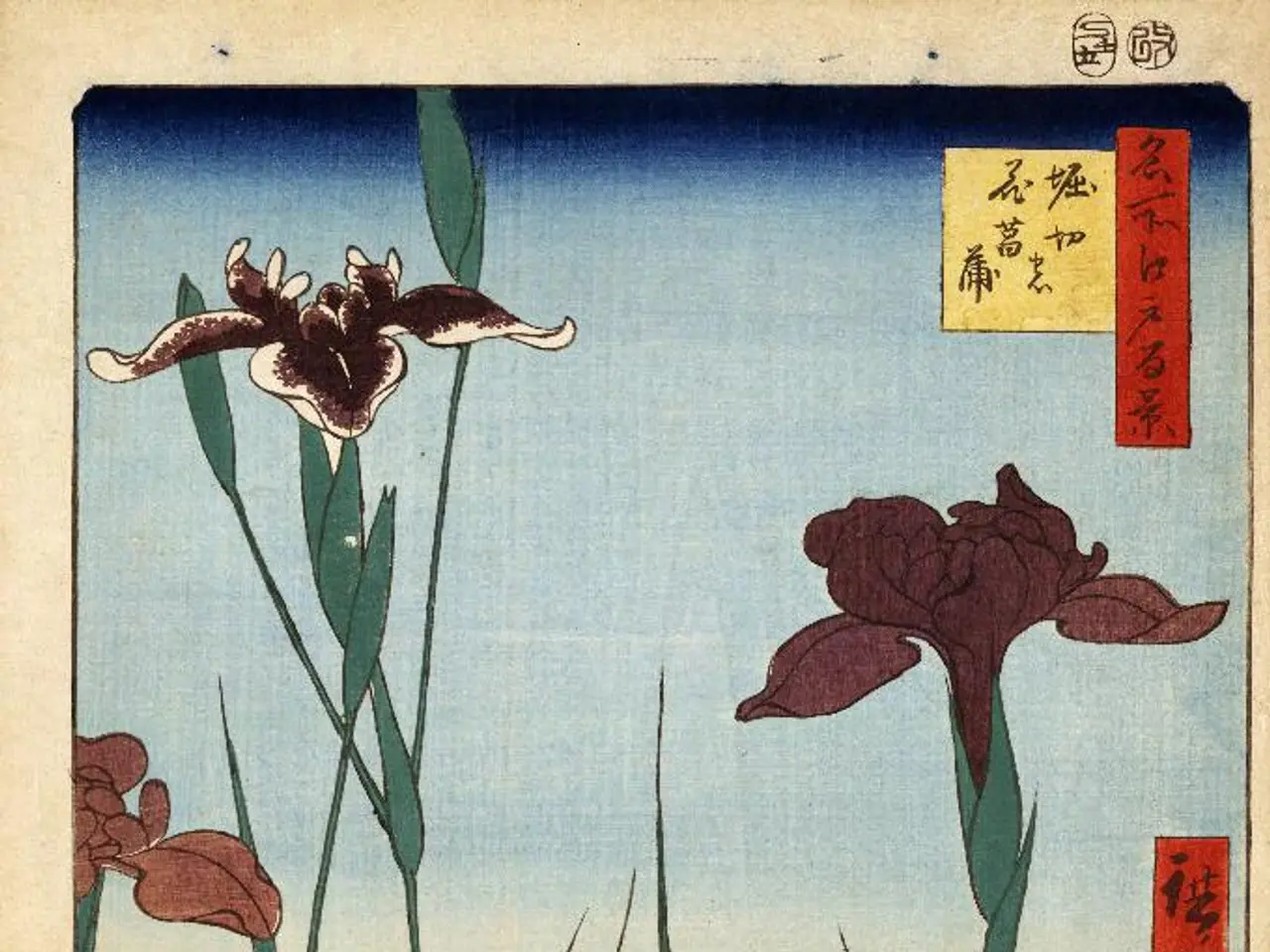Strategies to Capture the Enchantment of Nature Hikes, Inspiring Awe in the Great Outdoors
Nature walks offer more than just basic smartphone snapshots. By incorporating innovative techniques and tools, documenting nature adventures becomes an exciting and immersive experience. Here are some ways to enhance your outdoor documentation:
**1. Drone Photography** Drones offer a unique perspective on natural environments, capturing breathtaking aerial views. Techniques such as slow movements and smooth pans help to capture dynamic scenes.
**2. Long Exposure and Time-Lapse** Long exposures can be used to capture the movement of water, clouds, or stars, while time-lapses show the passage of time in nature. Long exposures can also be used to photograph star trails or the Milky Way over dramatic terrain.
**3. High-Speed Photography** High-speed photography is ideal for capturing fast-moving wildlife. Use burst mode and fast shutter speeds to freeze wildlife in action and shoot in continuous mode to capture every pose.
**4. Advanced Camera Settings** Using a shallow depth of field helps to blur backgrounds and emphasize subjects, especially in wildlife photography. Adjusting ISO settings ensures a balanced exposure without introducing too much noise.
**5. Conservation Through Photography** Photography can be used to document and protect species, providing valuable data for conservation efforts. Sharing photos can raise awareness about conservation issues and engage communities.
**6. Digital Tools and Storytelling** Digital tools like GPS and mapping apps enhance navigation and safety during adventures. Multimedia storytelling techniques weave narratives around photos, creating a more immersive experience for viewers.
**7. Post-Processing and Workflow** Developing an efficient workflow helps to organize, copy, and back up photos effectively. Editing techniques can enhance images by adjusting exposure, contrast, and colour balance.
In addition to these methods, there are numerous other creative ways to document nature adventures. Quick nature sketching techniques can be learned with a pocket-sized sketchbook and simple tools. Virtual nature collections can be created using high-resolution photos of plants, leaves, and flowers.
Nature-inspired podcasts can be created using nature recordings and reflections about local ecosystems. Time-lapse sequences can record natural changes, such as flowering buds opening, cloud formations moving, or shadows shifting across landscapes.
Creating species identification logs during nature walks using standardized scientific methods is also beneficial. Nature memory books showcase nature walk documentation, while eco-printing techniques transfer natural pigments directly onto fabric or paper.
Pressing flowers and leaves from nature walks creates a stunning botanical collection. Tracking weather patterns systematically during each nature walk provides valuable climate data. A dedicated section in a nature journal for compact 100-word stories about unexpected finds during nature walks adds a personal touch.
Writing creative nature narratives can involve transforming nature observations into evocative poems using specific sensory details and nature terminology. Creating photo essays of nature walks tells meaningful stories by starting with wide landscape shots and progressing through medium and close-up images.
Creating a visual nature journal involves combining sketches, field notes, and collected specimens on each page. Documenting phenological events throughout the year using scientific observation methods is another engaging creative project.
Contributing nature observations to citizen science projects through platforms like iNaturalist or eBird is a great way to share your findings. Collecting nature's soundscapes using a smartphone or portable recorder captures ambient nature sounds.
Descriptive nature journaling involves recording detailed observations using vivid sensory language and specific nature terminology. Creative documentation methods for nature walks include illustrated nature journals, time-lapse videos, macro photography, and photo essays.
Nature walk apps and tracking tools can identify plants, animals, and fungi, track routes, and create detailed hiking logs. Making unique nature collages using materials gathered during nature walks adds a personal touch.
Botanical illustration basics involve observing plant structures carefully and using light pencil lines to establish proportions. Macro photography reveals hidden details in leaves, moss patterns, lichens, and tiny wildflowers.
Designing personalized field guides focused on local flora and fauna from nature walks is a rewarding project. Interactive digital nature maps can be designed using Google My Maps to plot significant discoveries and memorable moments.
By incorporating these methods, you can transform your nature adventures into compelling stories that captivate audiences and inspire appreciation for the natural world.
- One might also consider sketching techniques for capturing quick observations during nature walks, using a pocket-sized sketchbook and simple tools.
- In addition to photography, nature-inspired podcasts can be created using nature recordings and reflections about local ecosystems.
- Furthermore, documenting nature adventures can extend to the field of education and self-development, as creating species identification logs using standardized scientific methods provides valuable learning experiences.




